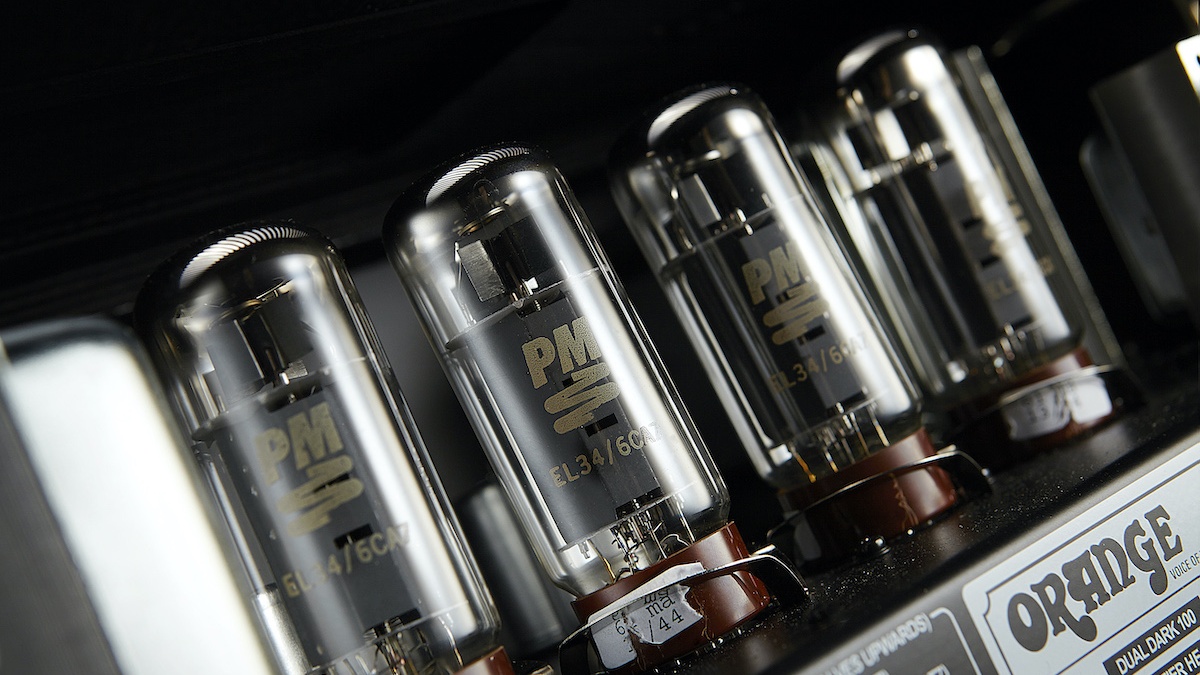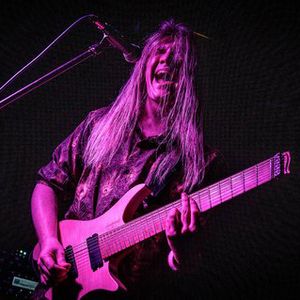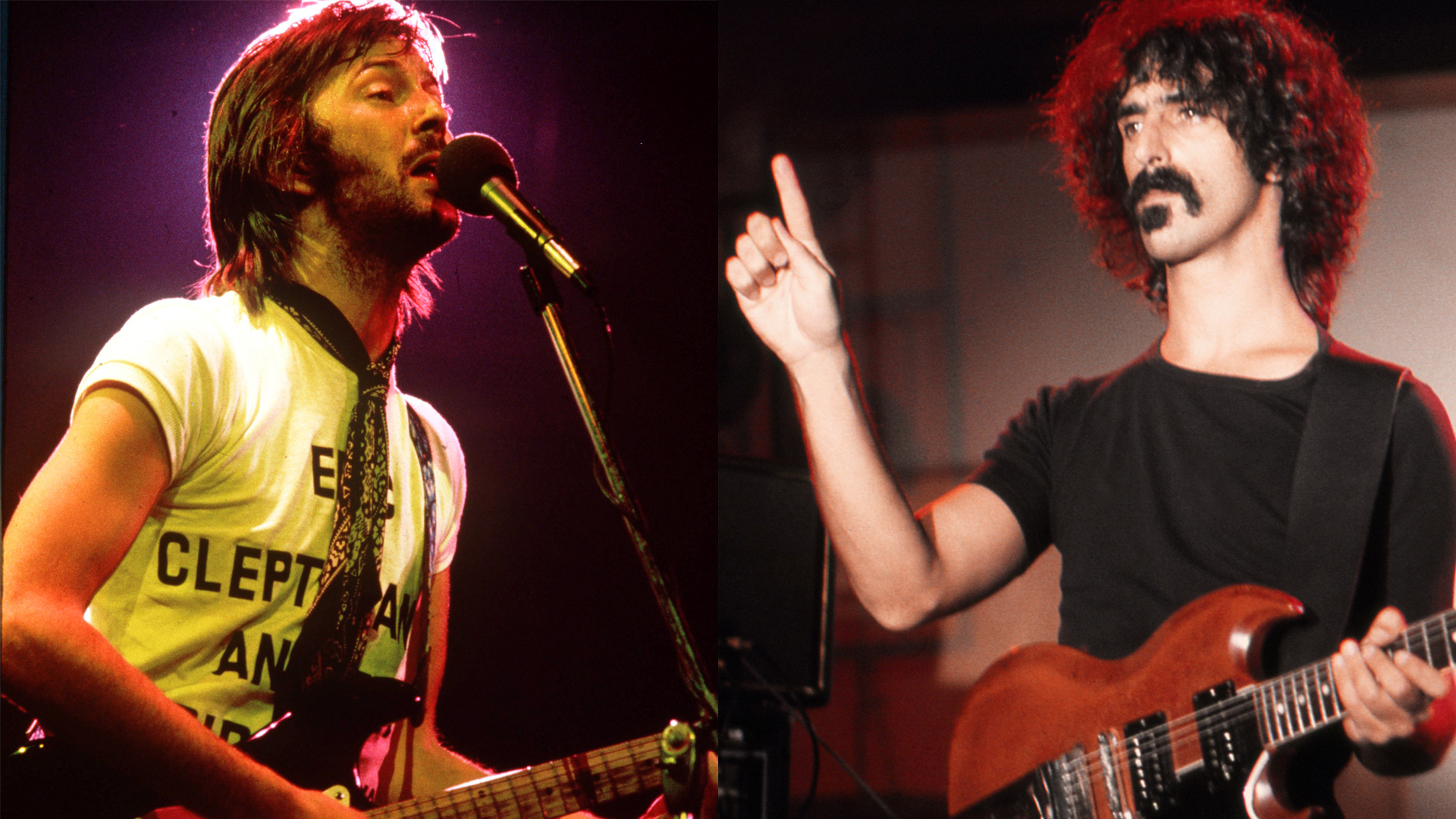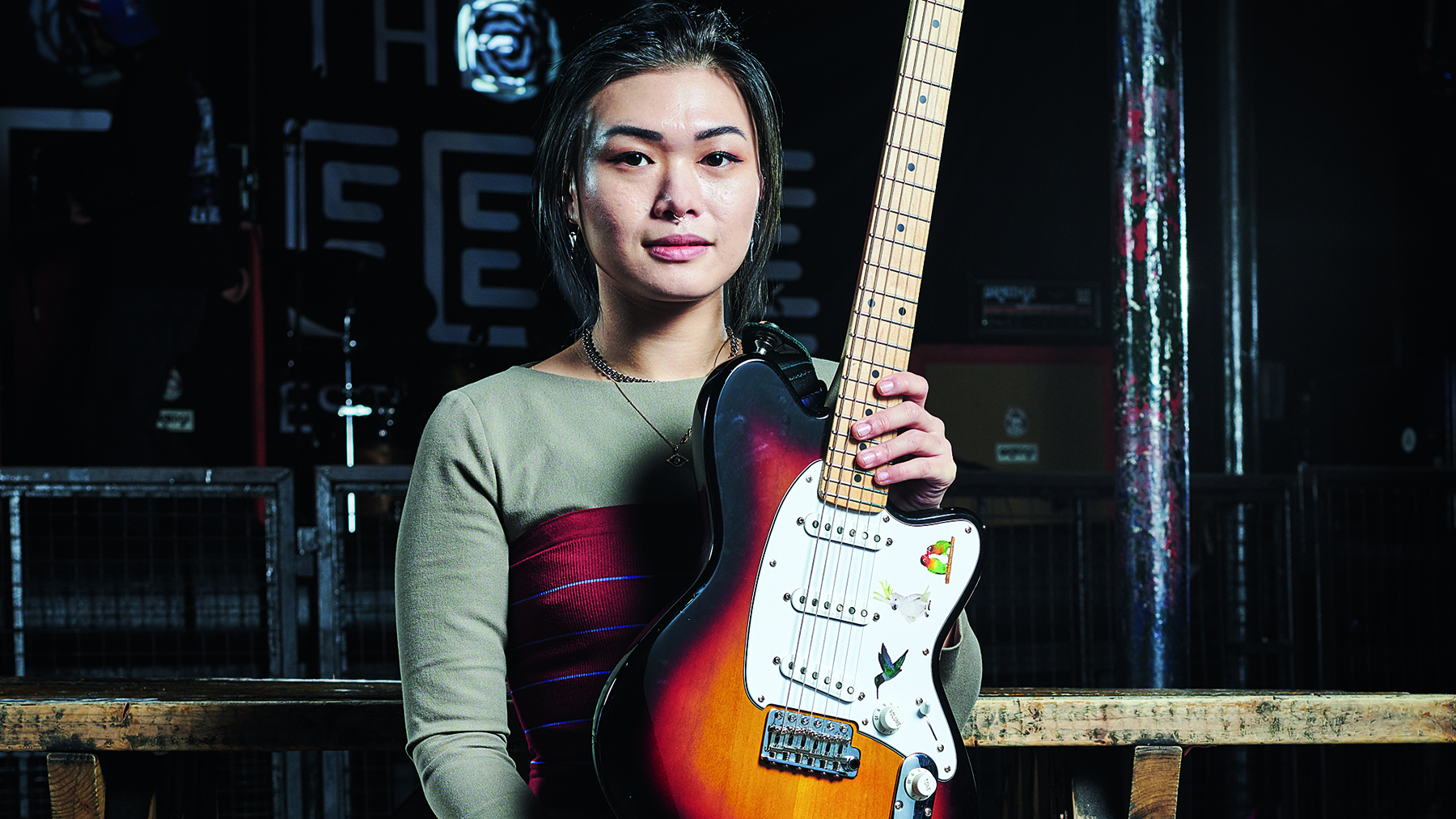“Everyone else is essentially – we can't beat them at that”: Orange reveals why it won't dabble with amp modeling, and why you shouldn't call its products “retro”
The company's Marketing Director views amp and modeler users as different demographics, and wants to focus on its amp offerings rather than try to reinvent the firm’s methodologies

It’s fair to say that amp modelers are on the rise. Thanks to the success of Neural DSP’s game-changing Quad Cortex and Positive Grid’s Spark amps – and recently released Spark II – Fender has recently thrown its hat in the ring, and Marshall has hinted at its intentions to do likewise.
It’s no surprise to see big-name brands jump on the bandwagon and try their hand in a fast-rising market, but not every brand feels the same. British amp builder Orange, for instance, has no intention of jumping on the bandwagon.
Speaking on YouTube channel Lonely Rocker, Charlie Cooper, Orange's Marketing Director and the son of its founder Cliff, has distanced the firm from the modeling world and equally wants to shrug off any “retro” tags that people banner the company under.
“My dad's not a fan of Orange being called ‘retro,’ when someone thinks like, ‘Oh, you've got an Orange amp. Oh, that's so retro,’” he says. “Because I guess, from our perspective, it's not even tradition. It's what we know.”
And so Orange will stick to its expertise, believing it is in a stronger position as a result.
“We're not even going to pretend or try to dabble in digital amplifiers or digital modeling. Everyone else is essentially. They can do it better. We can't beat them at that. So we just keep evolving amplifier technology.”
That’s a world, the junior Cooper underlines, that’s ever-changing. Hence his father’s resistance to the retro tag.
Get The Pick Newsletter
All the latest guitar news, interviews, lessons, reviews, deals and more, direct to your inbox!
“The thing that's consistent is the tubes,” he adds. “That's probably the oldest thing. But the design and how they're pushed changes, and how the circuit works changes.”
From Charlie Cooper’s standpoint, amp owners and modeler users represent two distinct and different demographics. His way of thinking isn’t unfounded either. It comes after a lengthy period of monitoring the market and its reaction to Orange’s OPC amplifier, described as a “musician’s personal computer.”
“I think it was 2010. I had officially joined Orange,” he explains of the OPC’s genesis. “I was showing everyone at the company, ‘Look, this modeling stuff can be really cool, and we can be part of it. We can accept that we can't do the software – we're way too late in the game. But we can do hardware around it and we can just do a cool computer.’
“Around that time, we partnered with IK Multimedia. They got a really good tone and nailed it,” he continues. “We're like, ‘This is great!’ And then, over time, it's been getting more and more convenient with modeling amplifiers that you don't even need the operating system or an iPhone or anything,” thus Orange’s short foray into the modeling world came to an end.
“But I kind of see it as different audiences. Now it's evolved to the point where it's not just a race to get the identical tone. The conversation has changed to be more about, ‘It's kind of convenient to get an idea of what all these different sounds sound like.’

“Sometimes you're just doing a small gig [and] you don't really care too much to lug a class A amplifier around with you. So now you’ve got these different ecosystems, and they're cohabiting.”
Ultimately he sees this coexistence and the separate audience streams as positive things for the industry. Indeed, many players will have tube amps and more compact digital modelers in their tone arsenals to call upon depending on different circumstances.

Just like the rise of MP3s, and later streaming services, had some industry experts and consumers ringing the death knell for CDs and vinyl, the two listening experiences have both proved successful in the contemporary market.
Although there are some overlaps, with amp-in-a-box pedals like Orange’s Terror Stamp offering tube-like tones without the need to carry big amps around. It’s been listed as one of GP’s favorite amp pedals and is itself part of a fairly dense market.
Still, with the amp and modeling worlds viewed as different beasts, Cooper says that early “concern in the industry [is] kind of not there anymore.”
And so Orange doesn’t feel it has to enter the modeling game to survive. Instead, it wants to stay ahead of the curve in the separate amp market stream and continue to make waves there rather than split its energy into streams
A freelance writer with a penchant for music that gets weird, Phil is a regular contributor to Prog, Guitar World, and Total Guitar magazines and is especially keen on shining a light on unknown artists. Outside of the journalism realm, you can find him writing angular riffs in progressive metal band, Prognosis, in which he slings an 8-string Strandberg Boden Original, churning that low string through a variety of tunings. He's also a published author and is currently penning his debut novel which chucks fantasy, mythology and humanity into a great big melting pot.
"The only thing missing is the noise from the tape loop." We review the Strymon EC-1 Single Head dTape Echo, a convincing take on a very special vintage tube Echoplex
"BigSky MX will be replacing the BigSky as my go-to reverb pedal. I’ve heard nothing that covers all the bases with such pristine and detailed audio quality." We crowned the Strymon BigSky MX the champ of multi-reverb pedals












